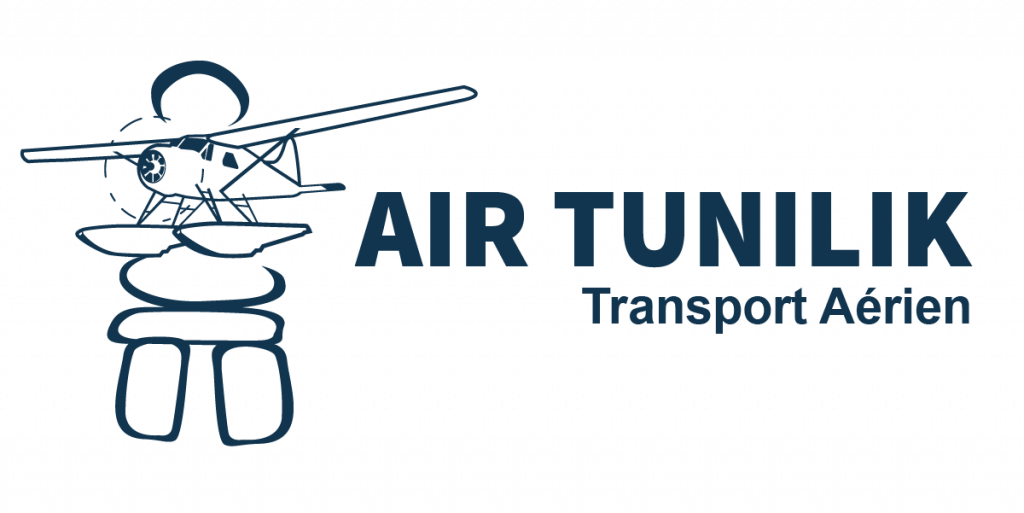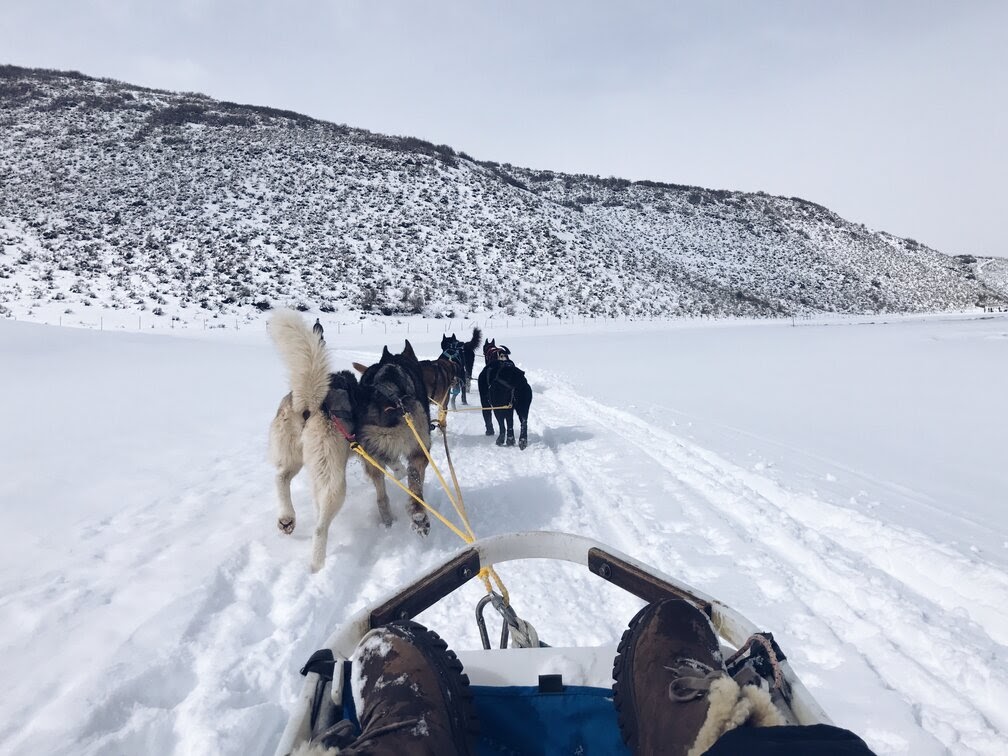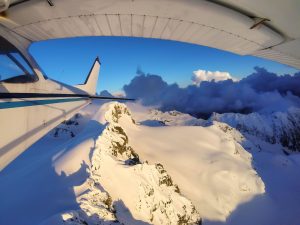The territory of Nunavik covers all of northern Quebec and is one of the largest Canadian regions. Limited to the west by the Hudson’s Bay, to the north by the Hudson Strait and to the east by Ungava Bay and Labrador, Nunavik offers a rich natural and cultural experience for visitors.
Located beyond the 55th north parallel, the region of Nunavik covers 507,000 km², a third of the total area of the province of Quebec and the equivalent of Spain. Scattered over 14 villages, the natives of Nunavik (Quebec’s Inuits) represent 90% of its population, which exceeds 13,000 inhabitants. The rest of the population includes the Cree, Naskapi and white Quebecers.
This vast northern territory of wild tundra, boreal forests, multitudes of lakes, splendid rivers, picturesque mountains and abundant wildlife is the perfect destination for those who seek great tourism and adventure.
In this article, we invite you to discover the attractions of the Far North of Quebec you won’t want to miss, by putting the Inuit population and its identity at the forefront of the experience. We also share information on the means of transportation available to access this arctic paradise.
Why visit the Far North of Quebec (Nunavik)?
An inspiring, thousand-year-old culture
Nunavik is currently home to thousands of indigenous people from the Inuit tribe. In Inuktitut (the native language of the Inuit), Nunavik means “great land”. The first Inuits arrived in Canada about 4 millennia ago by traveling from Siberia. They settled down near rivers and forests in Nunavik, where they could live thanks to hunting and fishing.
As you explore this immense Inuit territory, you will be greeted by warm people from the pole. Proud of their ancestors and their culture, the Inuit of Nunavik will have the pleasure of sharing their traditional way of life with you throughout your trip.
Whether you book a dog sled ride to spend an unforgettable night in an igloo or stay in an Inuit village to admire the Northern Lights, you will be impressed by a unique and vibrant culture; legendary tales, throat songs, popular games and local food await you!
Arctic wildlife kingdom
Nunavik is home to a fascinating arctic fauna, and you will find at the top of the list the white polar bear, who can be observed in its natural environment. You can also meet herds of thousands of caribou which, in the spring, make a spectacular migration of 3000 km from James Bay to the Torngat Mountains.
In close proximity to the caribou, you could come across an animal dating back to prehistoric times; the musk ox. Seals, walruses, wolves, foxes, snowy owls, arctic hares and ptarmigan are also iconic animals that are sure to mark your trip to Nunavik.
Aware of the region’s natural wealth and the rarity of certain northern species, the Quebec government, non-profit organizations and Aboriginal communities work together to ensure the protection of this natural heritage. In addition to the many national parks and wildlife reserves, in December 2020, the Quebec government decided to protect 8 new areas in the northern portion of Nunavik.
For their part, the Inuit managed to bring back purebred husky dogs that had almost disappeared from the region. An annual dog sled race taking place in all the communities of Nunavik has contributed enormously to the reappearance of this dog, who is essential to the Inuit way of life.
Splendid nature
Taking a trip to Nunavik allows you to immerse yourself in a vast and wild nature with breathtaking landscapes; boreal forests, an immense network of lakes and rivers, mountain ranges, mysterious meteorite craters and gigantic icebergs.
Whether hiking, biking, kayaking or flying in a seaplane, the outdoor scenery of Quebec’s Far North will provide you with sublime and breathtaking views.
Tourist attractions of Nunavik
The meteorite crater
Located in Pingualuit National Park, the immense Nunavik crater is the result of a major space meteorite collision 1.4 million years ago. This hole of 3.4 km of diameter, also called the “crystal eye”, contains the purest blue waters in the world. If you plan to take the tour, expect to walk 5 to 6 hours.
In the arctic tundra and the ice floes of the Hudson Strait, you can take advantage of the vastness and the richness of Pingualuit Park by going hunting, fishing or going on a dog sled excursion. The Nunamiuts, or the “Inuit of the interior”, is the local community of the park which will guide you in all your activities.
Mount Iberville
With its peak reaching 1646 meters, Mont D’Iberville is the highest point in Quebec. This summit is part of the Torngat mountain range located east of Nunavik. If you’re a hiker or a rock climber, get ready to take sublime panoramic photos of the Kuururjuaq National Park.
Kuururjuaq National Park
Kuururjuaq National Park is located east of Ungava Bay and covers the watershed of the Koroc River with its fabulous valleys. A mountain walk or a canoe-camping trip to the Korluktok falls are activities to consider in this natural site.
Tursujuq National Park
Tursujuq National Park is the largest protected area in Quebec, covering over 26,000 km². Located on the east coast of Hudson Bay, this immense territory offers unique attractions:
- Rock formations (Hudsonian cuestas)
- The second largest natural lake in Quebec; Lake Wiyâshâkimî formed by a double meteorite impact
- Observation of marine and terrestrial fauna such as narwhal, beluga, eagle, caribou, moose (elk), black bear, lynx or wolverine
The Tursujuq National Park is a truly historic site that houses the remains of human presence from 3,000 years ago. It’s also a cultural crossroad between the Inuit and the Crees.
Fishing in Nunavik
The richness of the aquatic fauna and the incomparable characteristics of its pure and clear waters make Nunavik a world-renowned fishing destination. There are several species of fish: Atlantic salmon, Arctic char, brook trout and the gigantic lake trout. Adrenaline-filled moments await you!
The Daniel-Weetaluktuk Museum and Cultural Transmission Center
For those interested in the Aboriginal history of Canada, the Inukjuak Museum is the only recognized museum in Nunavik. Its purpose is to protect and promote awareness of Inuit culture and history. The museum “brings together works of art, archaeological pieces as well as several artefacts and traditional clothing testifying to the cultural richness of the Inukjuak Inuit and their ancestors,” according to the Société des musées du Québec.
When to travel to Nunavik?
Nunavik tourism is full of touristic and sporting activities throughout the year. However, be aware that winter in this region is harsh, with temperatures that can drop below -40 °. During these harsh conditions, which last through December, January and February, many excursion programs may be canceled or postponed.
The winter season is extended which allows you to enjoy your favorite winter activities on a vast expanse of powder snow and outside the harshest periods of winter: guided dog sledding, snowmobiling, cross-country skiing or snowshoeing.
As for the sport fishing season, it starts on June 1 and ends on September 7 every year. For the Atlantic salmon and arctic char, the season extends until the end of September.
As for the Ungava Bay polar bear, you can see it between mid-August and early September. Summer is the best season for trekking, rock climbing, kayaking, canoeing or a boat cruise.
How to get to Nunavik?
The Nunavik region is only accessible by air. Air Tunulik facilitates seaplane transportation to northern Quebec and is expanding rapidly.
“My pilots have satellite phones. We bet on technology. We’re going to have fewer staff. I can follow my seaplanes from my phone in real time, ”confirms Air Tunulik president Simon Contant in an article from the Journal de Montréal (source).
To book a flight or get more information, don’t hesitate to contact us.






